Shit! : (re)narrating the holobiont through co-creative art and design practices
Title:
Organiser/Presenter(s):
Statement:
This workshop is the third in a series that aims to engage questions of giving voice to our microbiomes – the plethora of critters who co-constitute us as embodied and social beings, often invisible in human experience. The aim is to experiment with collective and experiential ways of making tangibly present the microorganisms that live around, on and within us and make us hosts of living assemblages, or what biologists refer to as holobionts. Over four activities, workshop participants are invited to collectively materialise, narrate, and perform more-than-human co-presence; engage microbial-human interdependence, making it conceptually and methodically relatable; and speculate relational futures. In practical terms, we take a multi-tier approach:
CULTIVATION (PRE-WORKSHOP): Participants should arrive prepared with a short but rich vignette developed using the self as the site of inquiry as a route to ecological understanding. We are interested in narratives involving relations with microbiomes, activated using text, collage, illustration or other means. We invite participants to: (i) bring an object that can serve as a boundary object to guide them in (re)narrating their vignettes in the workshop; and (ii) disrupt common hygiene practices by leaving a small but accessible patch of skin (eg. on the upper forearm) unwashed for at least three days before the workshop, to literally and metaphorically cultivate the growth of their skin microbiome.
IN WORKSHOP:
1: (RE)NARRATION: Participants use their boundary objects to open a reflective space around their vignettes using the Object Theatre method to bring the (re)narrations into a collectively negotiated, embodied space, repositioning the object as relational, using it literally to animate an unfolding story. Resulting objects are considered ‘relational entities’ or ‘social objects’ that can only be experienced through the enactment of particular social acts, in our case the human-microbiome encounter of the vignette.
2: MATERIAL EXPERIMENTATION: In small groups, participants make a vegan agar agar paste and lay a thin layer on their unwashed skin. Once dry, it is peeled away to harvest a microscopic—we hope, flourishing—section of skin and microbiome. The aim is to capture an invisible element of our holobionts and separate it for inspection and reflection. Using microscopes to view the harvests, we make our holobiontic selves visible.
3: SPECULATIVE CO-NARRATION: We introduce threshold concepts to breach the socially constituted separation between human and microbial lives. In small groups, participants apply this notion to the experiences gained from their material experimentation: they identify possible means of human-microbial communication, then collectively narrate and materialise human-microbial futures. Each group develops a brief written vignette depicting a future scenario involving the microbiome; then embody these vignettes using performative methods and paper prototyping, and present the outcomes to the other participants.
The process inhabits the sensorial and conceptual ‘blank’ space through ‘probiotic experimentation’ (aimed at promoting a flourishing of our microbiome); collaborative skin cartographies; and the performance of speculative (re)narrations of relations. The work sits within a sustained commitment to workshops as a methodology to expand art and design research practice through situated, diffractive—theoretical, conceptual, and methodological—inquiry.




